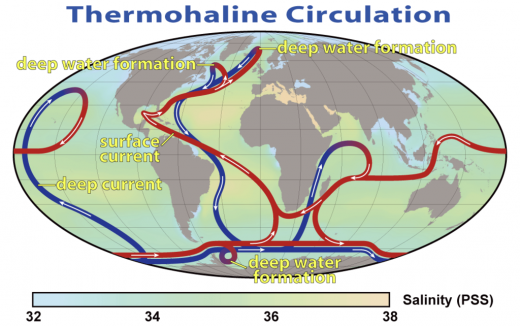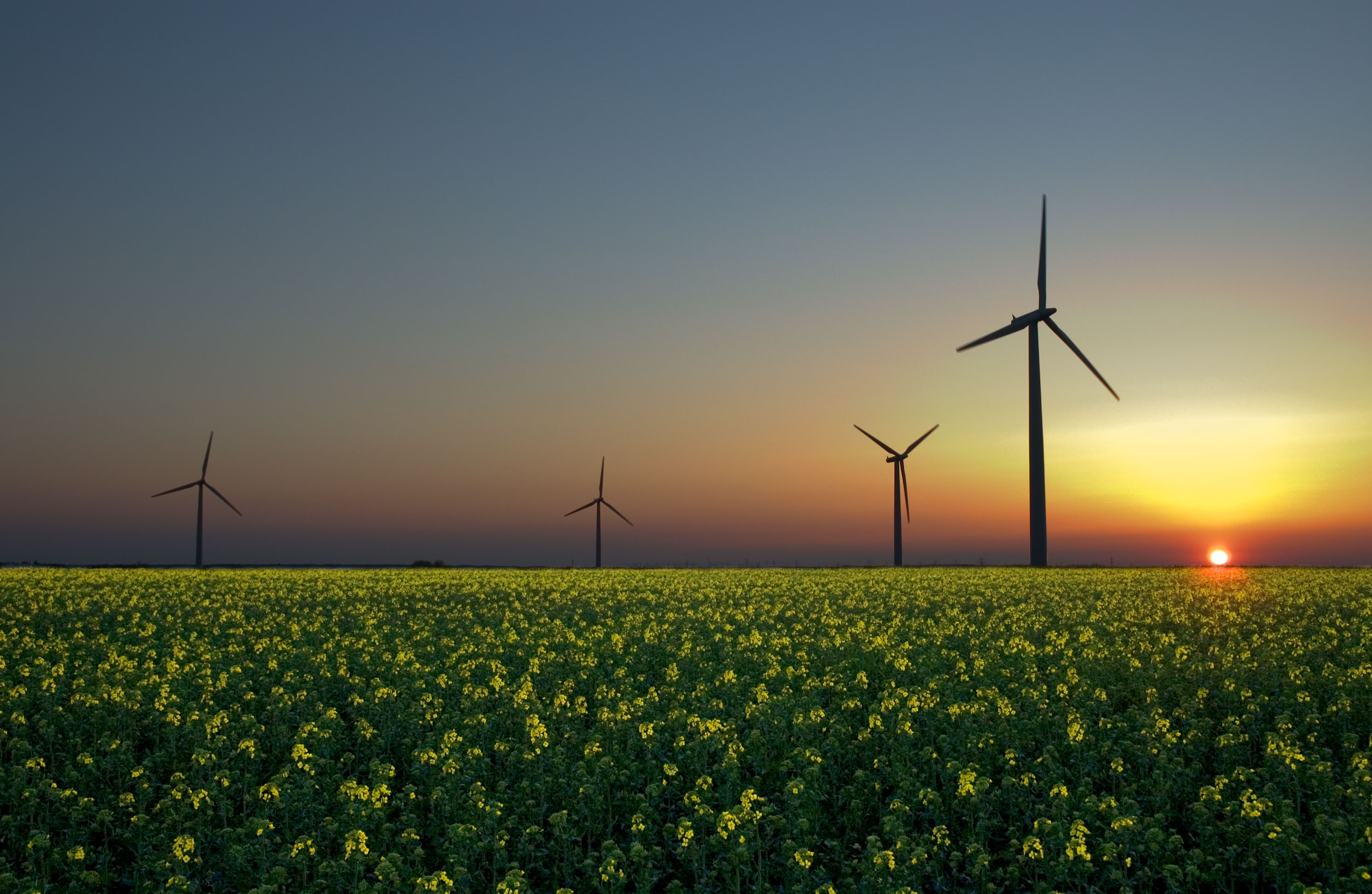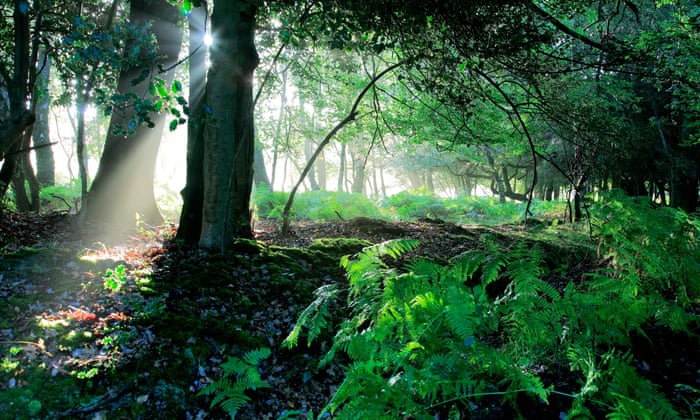by Michael Smith (Veshengro)
 Fears over flying, terrorist attacks and unease about security at many of the popular overseas holiday hot spots, has sparked a dramatic increase in demand for a UK holiday this year.
Fears over flying, terrorist attacks and unease about security at many of the popular overseas holiday hot spots, has sparked a dramatic increase in demand for a UK holiday this year.
Thousands of families are changing their upcoming holiday plans to avoid flying, or visiting riskier destinations like Egypt or Tunisia.
Instead, according to data, self catering, camping and outdoor type holidays are booming in response to heightened fears. With the most popular UK holiday destinations being the Lake District, the Highlands and Cornwall.
We have seen already a change from vacationing abroad, whether in Europe, such as the Costa del Sol, and such location, or further afield, in the last couple of years, to the so-called staycations, which is to say either holidaying at destinations in the UK or, actually, holidaying at home.
The Easter school holidays of 2015 also showed this with the amount of people who were visiting local parks, for instance, and this was further proof, if proof was needed, that people are staying at home over the holidays rather than going abroad.
In previous years, before the credit crunch, Easter holidays meant that many families would take a vacation, especially those where one parent does not work, either at some resort or on caravan site in the UK or in France or such. Now this trend appears to be all but gone.
It may be that families are genuinely worried about taking holidays that involve flying or visiting risky destinations but it may also be that they either have decided for sake of the environment or whatever to no fly and travel far afield or that the finances and thus the economy is not as rosy as it is being painted by the politicians in the UK.
Whilst fears over travel safety persist for many holidaymakers, home grown holidays are becoming very popular for those that still have funds available for going on holiday.
Flying nowadays also – and also travel by train to destinations in Europe – entails lengthy security checks at airports and ports, etc., and it would appear that that also may have turned many people away from flying or otherwise traveling outside the country.
The staycation trend began almost immediately after the credit crunch and has continued, it would appear, ever since. People appear to be rather improving their homes and gardens and vacationing there then spend a stressful time at the airport outbound as well as inbound and who can blame them.
Spending the holidays at home is good for the local economy too, whether it is at some resort or other destination within the country or at home proper, so to speak. The latter also saves money on a great number of fronts and there is always something to explore for both children and adults around the home towns or within a couple of hours travel by car, train or bicycle.
Many children and adults have seen sites abroad, unless they just spent their time in places such as the Costas, the Balearic Islands, or such, while they have no idea of what is in their immediate neighborhood, and that is rather a shame.
Britain has a great history, great museums, and the countryside is never far from any of us, even if we happen to live in the cities, and many fantastic events all around the country for young and old alike that are all worth a visit. The only thing that can never be guaranteed is the weather, as in sunshine all the way. But then at least you never get bored with the weather and we all know that the British moan when it is raining, cold or windy, in the same way as when it is hot and dry. The weather department in the sky can never please those islanders.
During the Great Recession, which has by no means ended, just a little abated to resume normal and abnormal operation shortly, staycations became the “in thing” and why not.
Why would anyone want to travel three hours ahead of a flight to the airport, go through all the rigmarole of security checks and all that jazz, sit in a flying sardine can, arrive at the other end and go through the same stuff again and then, possibly, discover that one's luggage has gone the different direction? Much better to start one's holiday relaxed at home, in comfortable and known surroundings and then, from there as a base, do some exploring.
It is good for the Planet, the wallet and the local economy.
© 2016






















 I am
I am 





 Sustainable gardening isn’t just a buzz phrase. It’s a real way of life for many people. A sustainable garden is not only easier to maintain, but it’s better for our environment. Check out these warning signs your garden might not be sustainable, and learn what you can do to change that.
Sustainable gardening isn’t just a buzz phrase. It’s a real way of life for many people. A sustainable garden is not only easier to maintain, but it’s better for our environment. Check out these warning signs your garden might not be sustainable, and learn what you can do to change that.


























